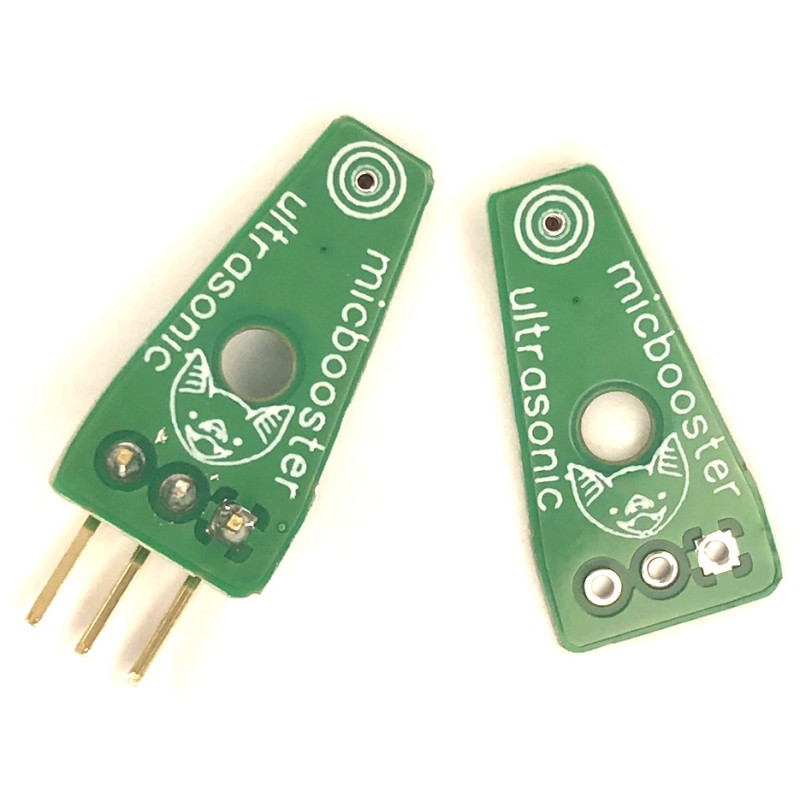I read the “medical” study and it’s interesting, thank you. The authors therefore recorded a Gamelan in DSD and noted the presence of significant signals up to 100 Khz.
I couldn't find what model of microphone they used, because the microphones generally used for the production of music records stop much earlier in frequency: you can't have everything, a small capsule going very very high in the treble and a residual noise level intrinsic to the microphone which is very very low... So we use microphones having a larger capsule, rising less high in the treble: like Neuman which cut around 20 Khz, or other brands and models rising higher in the treble, the Bruel and Kjaer for example which peak nevertheless cut at 30 Khz...
On the other hand, in a concert hall the microphones are not placed a few tens of centimeters from the instruments of an orchestra or a solo instrument... and they have little chance of capturing many harmonics located in high frequencies exceeding 20 or 22 Khz... of course if you put a measuring microphone in the mouth of a trumpet or the "bells" of a gamelan... it will be different.
All this to say that super tweeters are cautery on a wooden leg when they are asked to reproduce something that is not on the original tape.
Here is another more recent paper (open publication under Creative Commons License : http://creativecommons.org/licenses/by/4.0/ ) published in Nature by Hiroshi Nittono, one of the authors of the first above mentionned article.
High‑frequency sound components of high‑resolution audio are not detected in auditory sensory memory, Hiroshi Nittono, Nature, 2020.
Attachments
Last edited:





